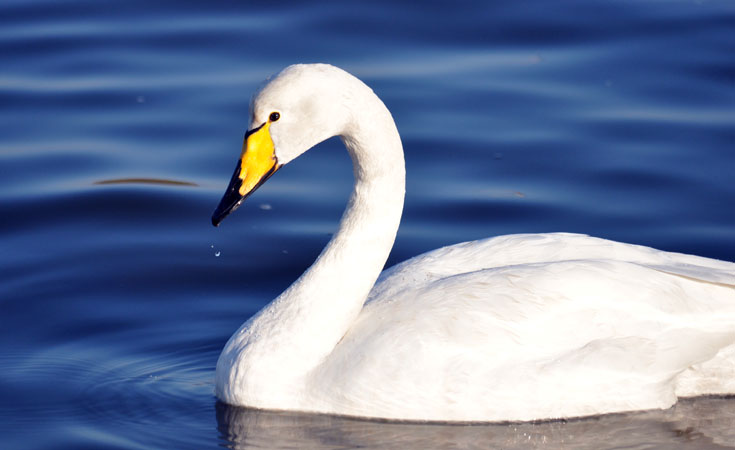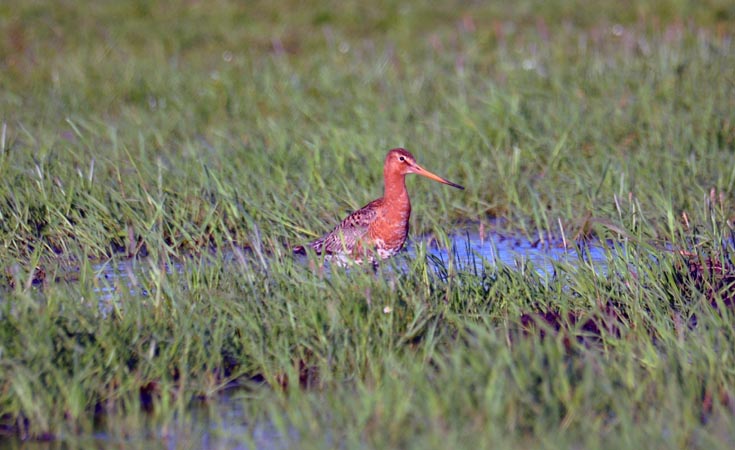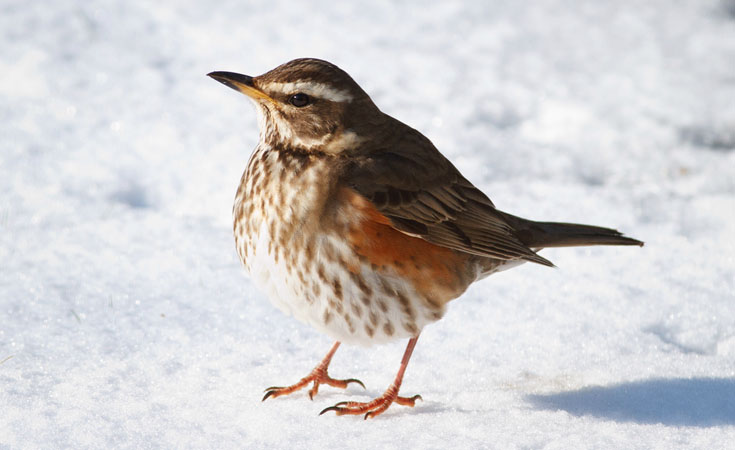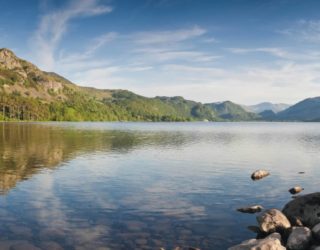The RSPB’s Big Garden Birdwatch sees people counting birds up and down the country, but for Thomson the surveying of our wintering birds extends far beyond this. Each year between November and March, Thomson carry out wintering bird surveys for a whole host of species on projects across the UK, in a variety of environments and habitats.
With many bird species being protected by both national and international legislation, developers need to be aware of which species might be present on their sites, and the potential requirements associated with them. Here are three of the main groups of wintering bird species that developments need to look out for:
Wildfowl

A large quantity of wintering bird surveys are conducted on water bodies and wetlands, so ducks, geese, swans, herons and grebes form a large part of our counts. Some of the main species we find on surveys are Whooper Swan, Pink-footed Goose, Great Crested Grebe, Wigeon, Pochard and Teal – the latter a particular favourite as it matches one of our brand colours!
Waders

A set of species found on both inland and coastal wetland sites, with each hosting a different suite of wading species. On inland sites we regularly come across Oystercatcher, Snipe and Lapwing, whilst in estuarine settings these are replaced by Redshank, Knot and Black-tailed Godwit.
Farmland Birds

A key area of wintering bird surveys are those conducted on arable land where a number of threatened or declining species can still be found. Grey Partridge, Stock Dove, Skylark, Linnet, Yellowhammer and Corn Bunting can all be observed on these surveys, as well as winter visitors to the UK like Redwing and Fieldfare.
How we can help you
The optimal time for carrying out wintering bird surveys falls between November and February, with March being sub-optimal as birds are beginning to move back to their breeding grounds and some are already nesting. This means there’s not long to go to get your survey work completed this season – particularly when there are protection laws around birds that could delay your project work.
Get in touch with us today, as we may be able to help you keep your project on schedule whilst in this optimal period for wintering birds survey work.
Contact us
Take part in the Big Garden Birdwatch











